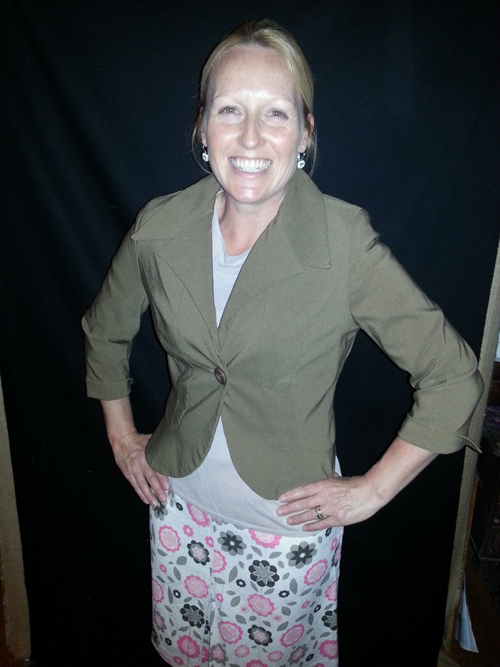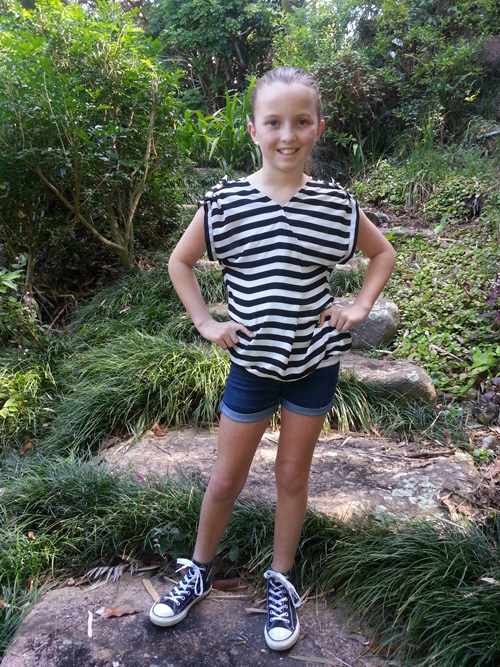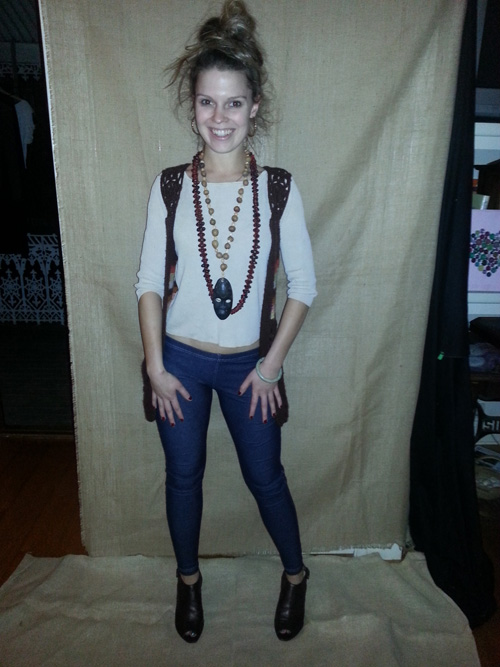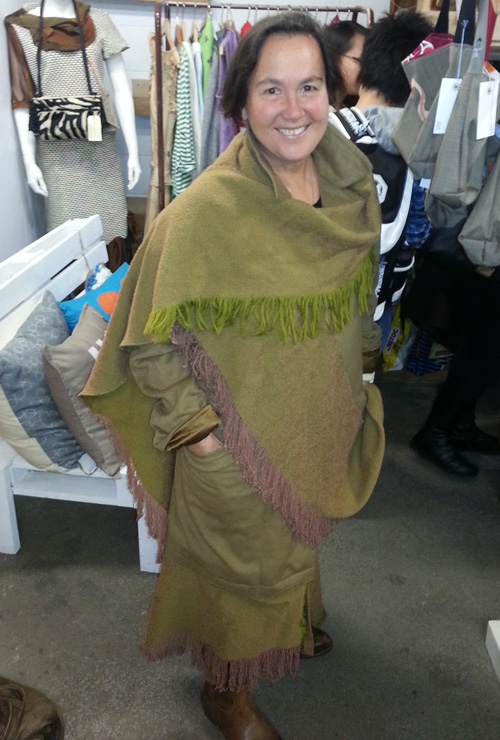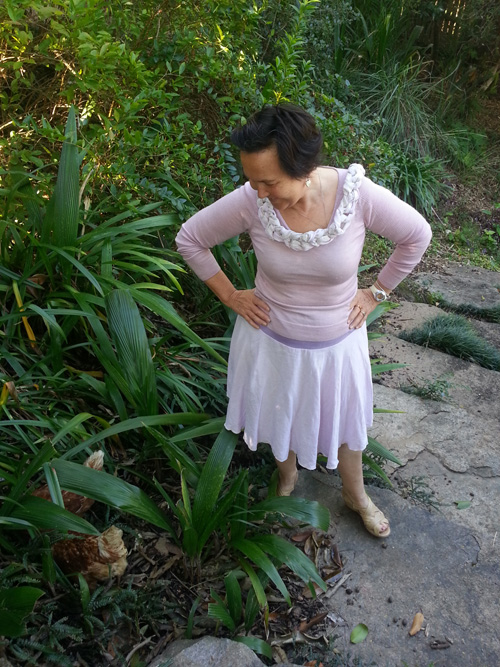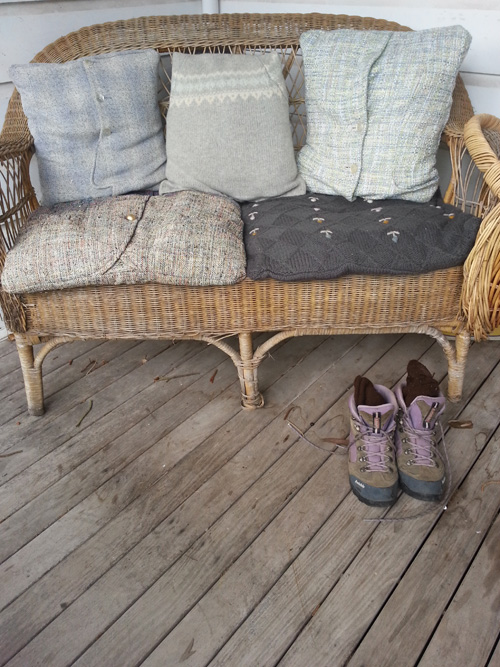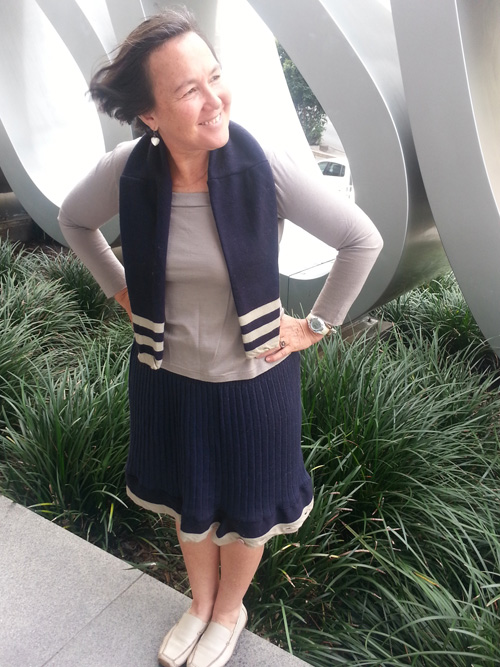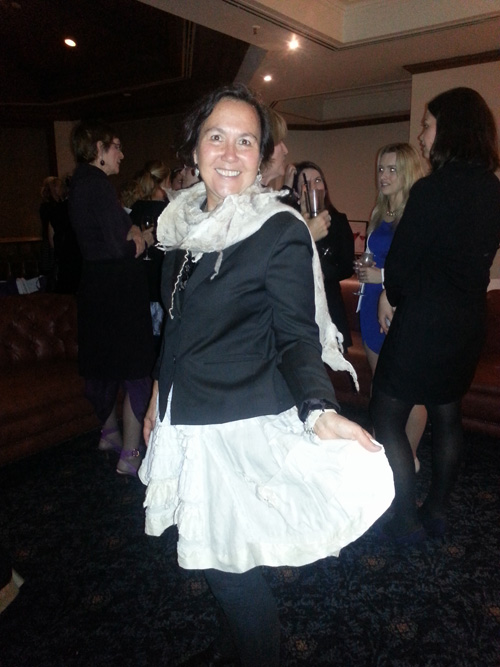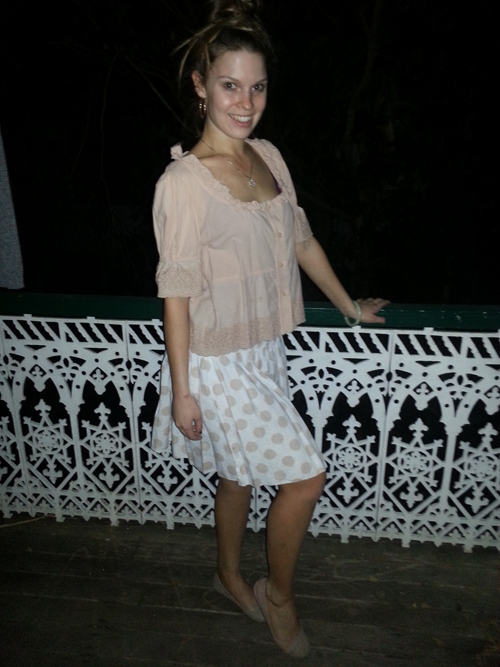 Last year National Op Shop Week came and went without much of a ripple – in contrast to this year when there has been an incredible media response, including from New Corp HQ.
Last year National Op Shop Week came and went without much of a ripple – in contrast to this year when there has been an incredible media response, including from New Corp HQ.
Hats off the Jon Dee from Do Something Near You and the National Association for Charitable Recycling Organisations for raising the profile of the important role op shops play in our society and highlighting how we can contribute by donating, buying and volunteering.
News Corp Australia became involved as part of its 1 Degree environmental sustainability initiative, which is about the small steps we can all take that add up to big change and lead to a sustainable future. That’s so aligned with my Sew it Again project, refashioning existing clothing. Continue reading
